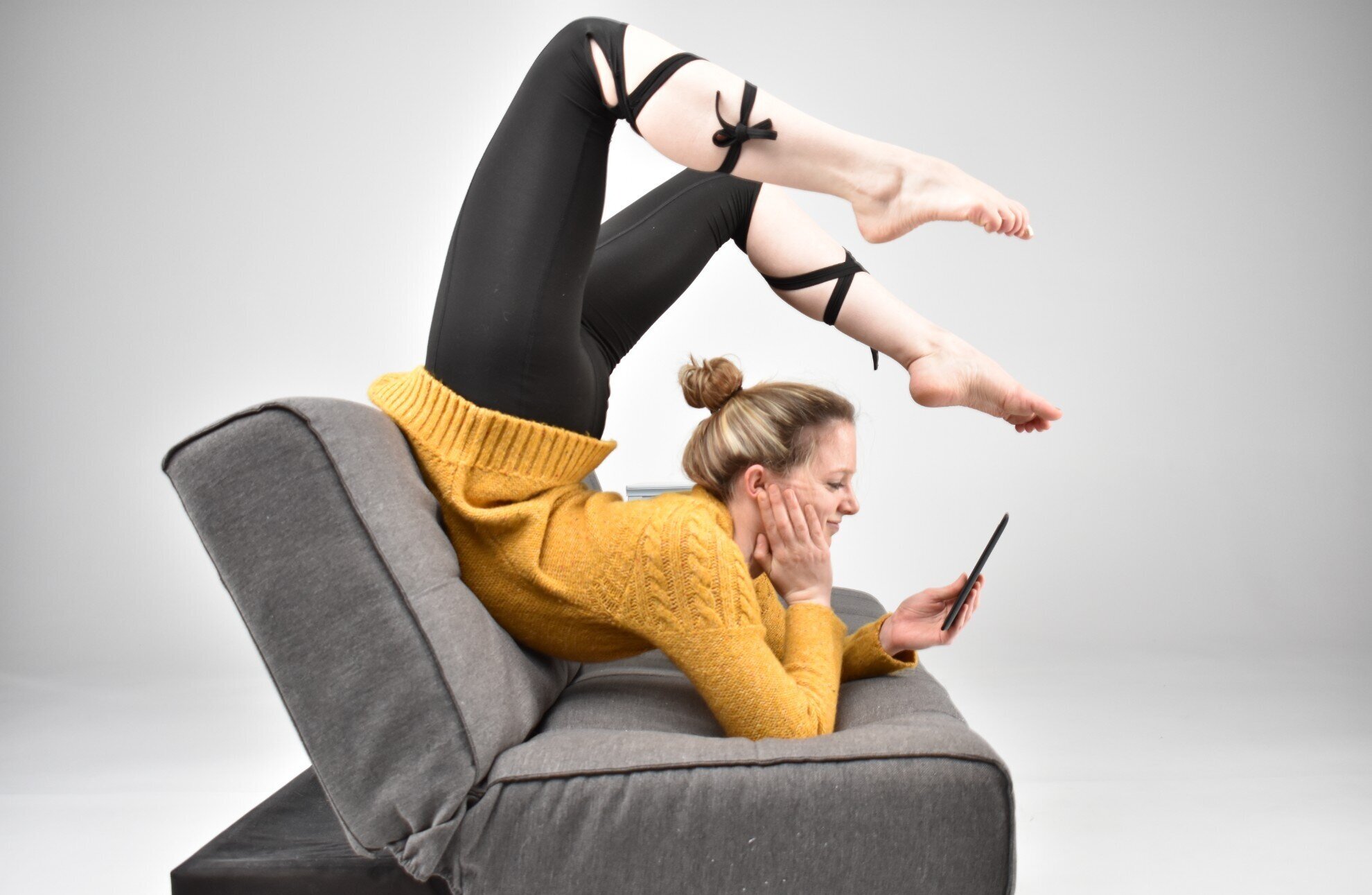TIPS, TRICKS & HOW-TOs
The Bendy Blog: Flexibility Training Articles
Filter posts by topic:
All Posts / Bridges / Contortion / Front Splits / General Back Flexibility / General Flexibility Tips / General Lower Body Flexibility / Middle Splits / Neurodynamics / Shoulders / Straddles / Yoga /

Working Towards “Cow Face Pose” Arms Rear Hand Clasp
Being able to reach both hands behind your back and touch or clasp your fingertips is a challenging goal lots of people like to work towards. This type of flexibility can be helpful for yogis who like to work on funky arm binds (it’s the same position used in Gomukhasana or Cow Face Pose, but the flexibility can translate to other arm binds as well), for aerialists and pole dancers who need funk shoulder rotation and behind-the-back reaches to grab their apparatus, and for regular Average Joe folks who want enough shoulder mobility to scratch an itch on their back. Personally, I find having a big range of motion in this pose helpful because it allows my to put sunscreen on my own back without needing anyone else’s help (maybe not a primary motivation for most people, but certainly a plus in my book!).
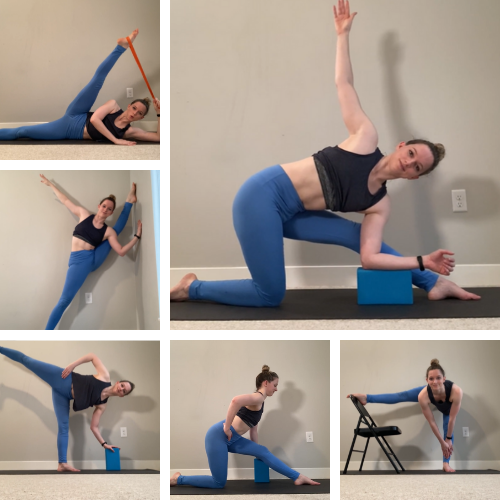
Lift That Leg! 7 Stretches for a Higher Y Scale Leg Hold
A “Y Scale” or a side leg hold is one of my favorite standing contortion shapes because it’s one of the first ones I ever learned to do. Most students tend to enjoy this shape because it looks cool (obviously!) and is typically easier to train than a “traditional” standing split or the even-more-complex needle scale.
Earlier this week I posted a quick how-to showing the basic mechanics of how to do a Y scale. Today we’ll be looking at how to make it look bendier (working on our flexibility to lift the leg higher, make it look split-ier, etc).
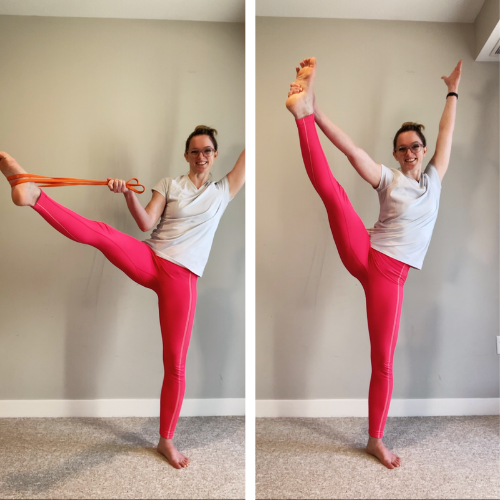
How to Do a Y Scale Leg Hold
A standing side leg hold, often called a “Y Scale” in the contortion world, is a fun (and impressive!) standing balance that showcases leg flexibility. Unlike a “regular” standing split, a Y Scale is an open split position that allows for both turn-out in the hips, and a tilt of the hips to maximize how high we can lift our leg.
Let’s look at two ways to do this pose: both the traditional standing variation, as well as an easier-to-balance variation lying on the floor.
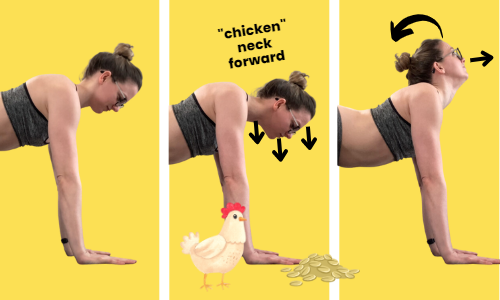
How to Use Neck Engagement for a Deeper Cobra Pose
If you’re working for a backbendier cobra, especially if you’re working on your toes-to-head King Cobra, learning how to comfortably add more neck flexibility can be a big help. In this post, we’ll explore a couple of different options for “engaging” the neck to see how they affect the comfort (and depth) of your backbend.
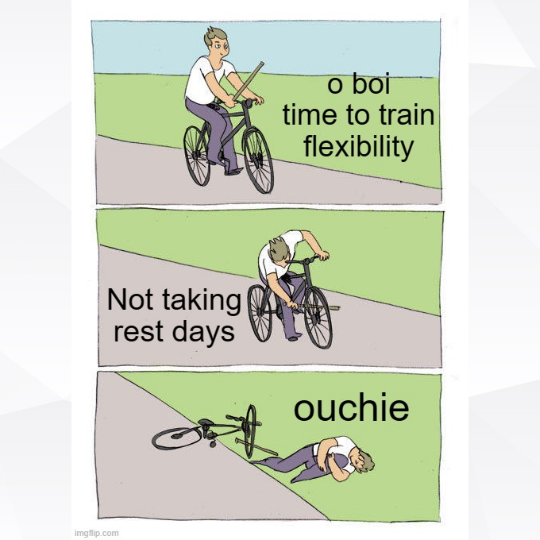
The Importance of Rest Days in Flexibility Training
While we are often tempted to DO ALL THE THINGS when it comes to flexibility training, which may mean enthusiastically stretching every day without fail - this is actually one of the least effective ways to train. Rest days are a critical part of an effective training routine - let’s take a look at why, and how to plan them into your training. You may be pleasantly surprised to see MORE progress only “training” 3-4 days a week instead of every day.
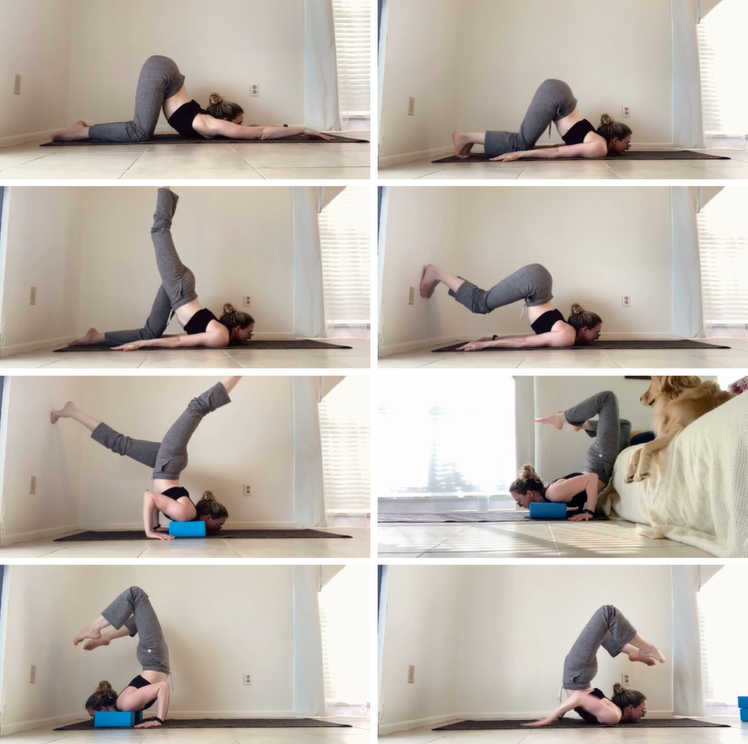
Example Chest Stand Training Progression
A chest stand is arguably the most iconic contortion pose, requiring extreme levels of back flexibility (from the neck, upper and lower back), as well as incredible core control. It’s no wonder so many students dream to be able to one day do a chest stand! In this post we’ll take a peek into what a skill progression might look like on your journey to this magical trick.
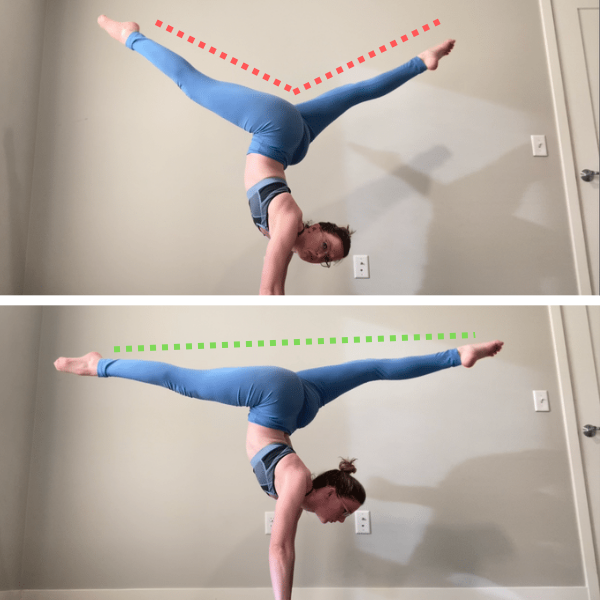
Flat Split on the Floor but Not in the Air - What Gives?
Are you working on flatter, split-ier legs in your inversions? Being able to nail a flat split in a handstand, dangling from the top bar of a lyra, or virtually any instance where your body is upside down is a major active flexibility challenge! Let’s look at some drills that can help train our active flexibility for a flatter split in the air.
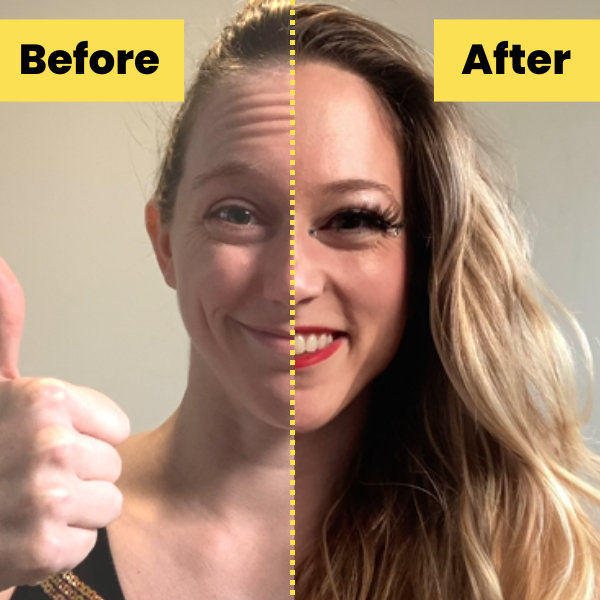
Easy Contortion Performance Makeup for People Who Are Crap at Makeup
I was never very “good” at makeup, so stage/performance makeup was a bit intimidating when I started out. Thankfully there’s a lot you can do quite easily with very minimal skill to get you circus-fabulous in less than 15 minutes (psssst the secret is RHINESTONES!)
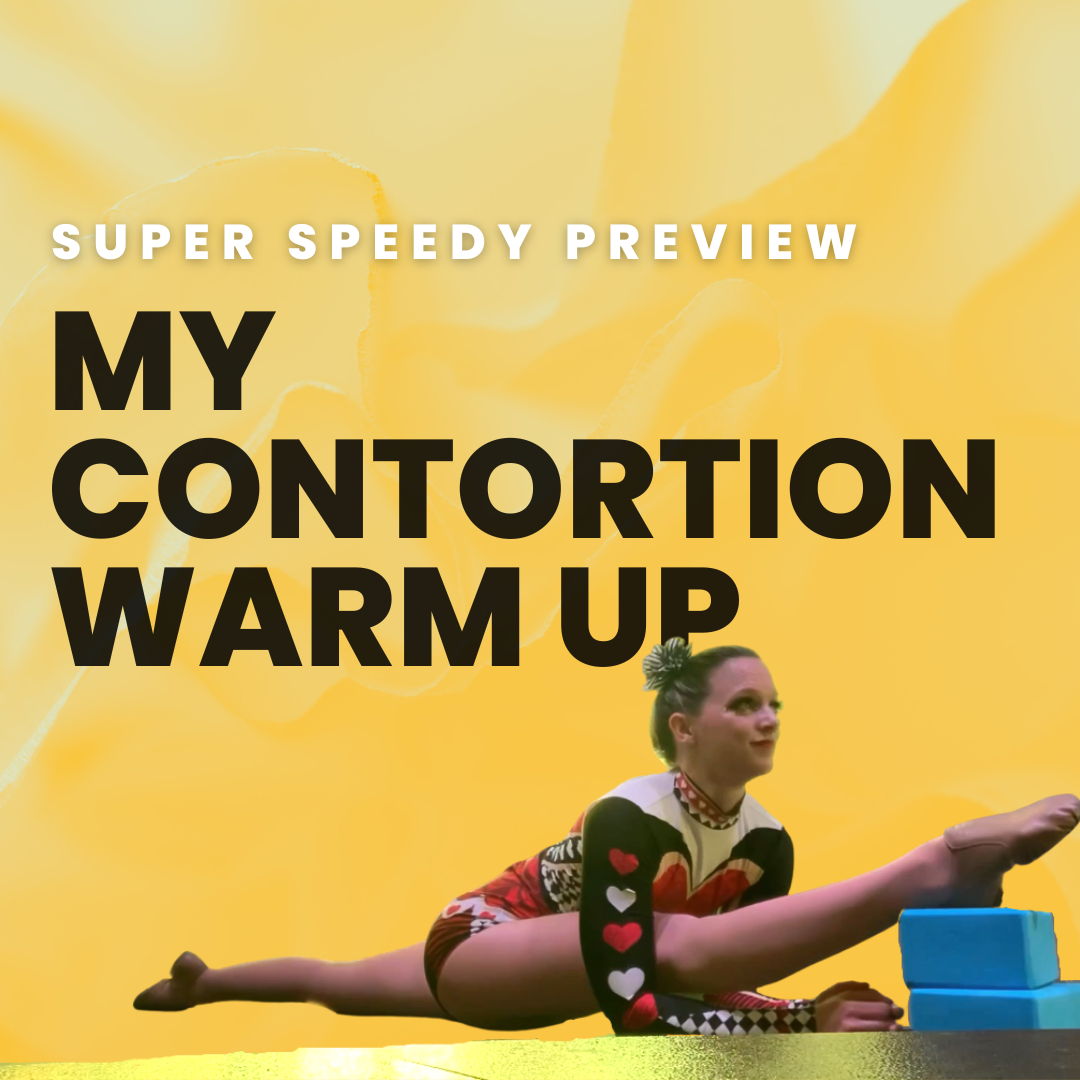
My Contortion Warm Up Routine (An Example)
Since it’s October and that usually means the start of a heavier performing season (really from Halloween-ish themed things all the way to the Holidays and NYE), I thought I’d do some more posts this month about performing as a contortionist.
I had two (!) contortion gigs last week, both using my lollipop lyra, an aerial-ish apparatus that’s basically a big hoop (lyra) that sits on top of a stage pole that I do bendy tricks in. For one of them I filmed my warm up routine so I could share what a typical contortion warm up (for me) tends to look like.
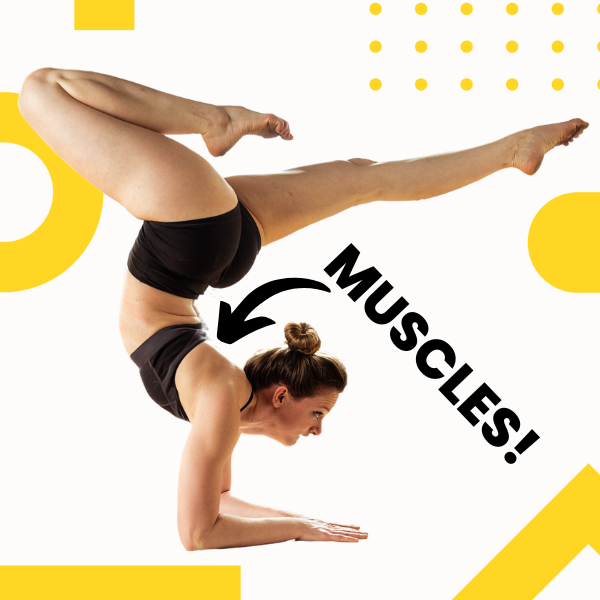
Shoulder Conditioning for Contortion Forearm Stands
Whether you’re just starting to work on inversions like forearm stands and handstands, or have been practicing for some time but need help learning to balance, working on strengthening your shoulders - especially your good ol’ rotator cuff - will be a big help in stability and feeling controlled in these poses.

Pincha (Forearm Stand) Tips to Balance Like an Instagram Yogi
Being able to hurl your entire bodyweight over your shoulders/forearms in a forearm stand is a formidable task to begin with, let alone try to balance yourself in that position! Thankfully once you learn to properly engage your muscles (and stop being a darn wet noodle), finding - and holding - your balance becomes much more achievable! With practice, you too can be busting out fancy forearm stand balances like a fancy Instagram yogi influencer (#yogisofinstagram).
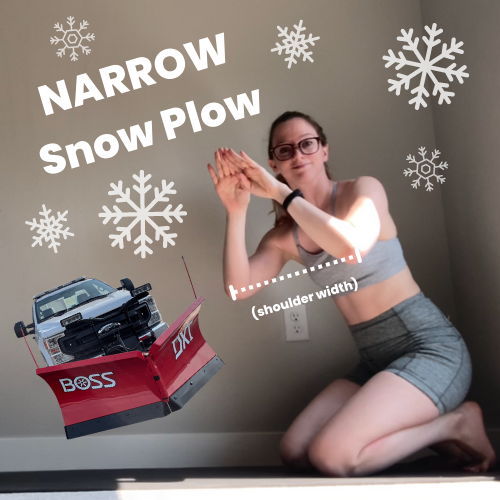
3 Ways to Get into a Wall-Supported Forearm Stand (Pincha Pose)
Forearm stands are one of my favorite contortion shapes (because they are so fun to balance and there are lots of “options” for styling with your legs!) - but they can be daunting to try to tackle if you’ve never trained them before. That’s where learning some safe progressions can help build up your shoulder strength and flexibility, and your own confidence with supporting your body weight in this pose. These are 3 variations of forearm stands I like to work on with “begintermediate” students who are starting to work on forearm stands (similar to pincha mayurasana in yoga) for the first time.

